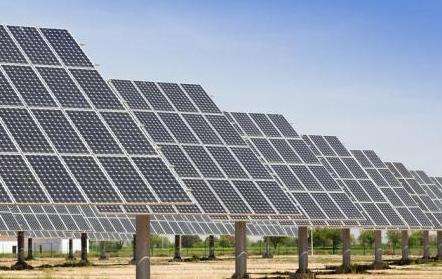This is a level 2/3 wind. Level 2 wind range is 1.6 to 3.3 meters per second/Level 2 wind range is: 3.4 to 5.4 meters, 3 to 4 meters per second. level 2 wind and level 3 wind The range of wind magnitudes.
Wind speed conversion formula for reference:
Two = two to one = one, three = three plus one.
It is not difficult to calculate levels four through nine. Just subtract two and multiply the number by three.
Ten to twelve are rare, just remember that level ten is easy to deal with.
The wind speed is twenty-seven at the tenth level, and every four is added to get an additional level.
Explanation:
Level 1 wind speed is equal to 1 meter/second, and level 2 wind speed is equal to 2 meters/second.
The category 3 wind level is increased by 1 and its wind speed is equal to 4 meters/secof.
For levels four through nine, subtract 2 and multiply by 3 from the level to get the wind speed of the corresponding level.
The calculation of wind speed from level 10 to level 12 is the same. The wind speed of level 10 is 27 meters/second. Add 4 to it to get the wind speed of level 11, which is 31 meters/second. Add 4 to get the wind speed of level 12. The wind speed is 35 meters/second.
Detailed information:
Level 0 wind is also called calm wind.
Level 2 winds are called light breezes. There is a slight noise on the leavesand people feel the wind on their faces.
Level 4 winds are called gentle breezes. Swaying tree branches can blow dust and paper onto the ground.
Wind level 6 is called strong wind, large branches sway, power lines whir, and it is difficult to walk with an umbrella.
A level 8 wind is called strong wind, and tree twigs can be broken, making it very difficult to walk against the wind.
Level 10 winds are called strong winds. Land is scarce and can uproot trees and cause serious damage to buildings.
Winds above level 12 are called typhoons or hurricanes, which are extremely destructive and rarely seen on land.
Indeed, in nature, the wind force sometimes exceeds level 12. For example, the wind force in the center of a strong typhoon or the wind force of a tornado can be high.Much stronger than level 12. However, strong winds above level 12 are relatively rare and usually the level is not specified.
In weather forecasts, we often hear terms such as "north wind level 4 to 5", and the wind force referred to at that time is the average wind force, for example, we hear “burst level 7”; ". In terms of wind gusts, it is the speed of the wind changing from high to low, and the wind force at this time refers to the maximum wind force.
< strong>
Reference materials:
For wind power, wind powerThe concept of how many levels to use is too approximate Due to the different capacities of the. generators, the wind speed requirements are also somewhat different., generally, if the wind speed exceeds 3 m/s, the wind turbine can produce electricity. However, wind energy production does not depend on the local wind speed, but on the annual operating time of the local wind farm that produces electricity for that wind turbine. Based on the current wind power subsidy price set by the state, if the electricity generation duration is less than 2,000 hours that year, there will be no profit.














